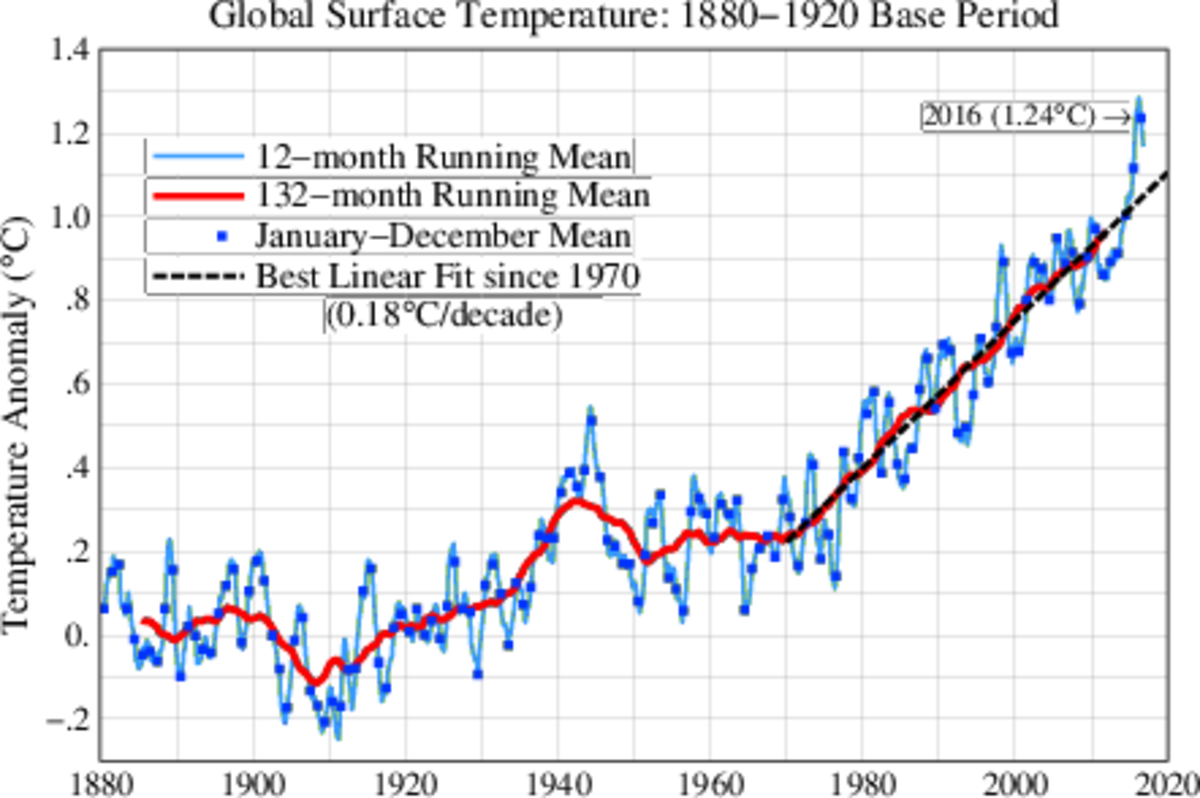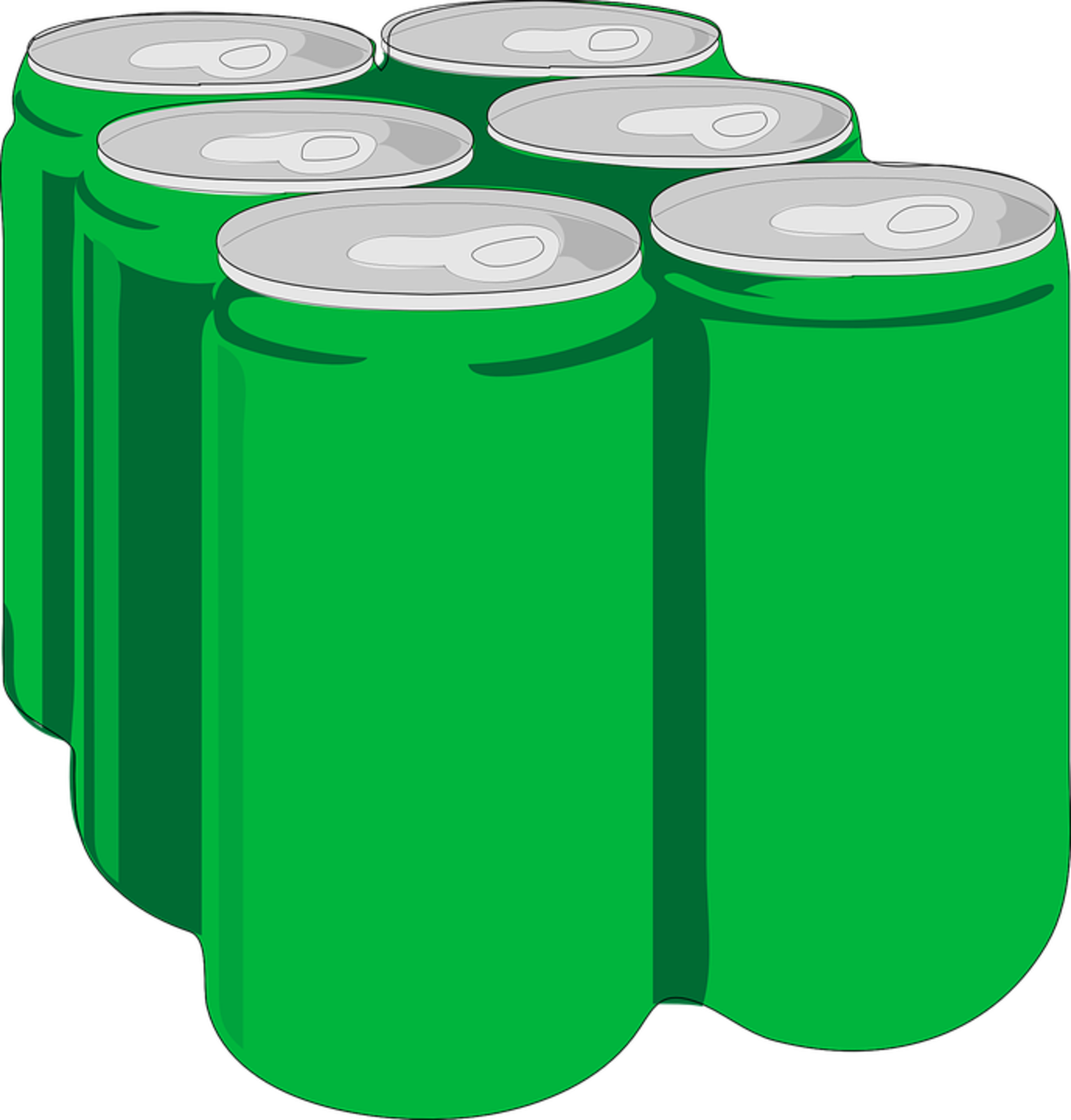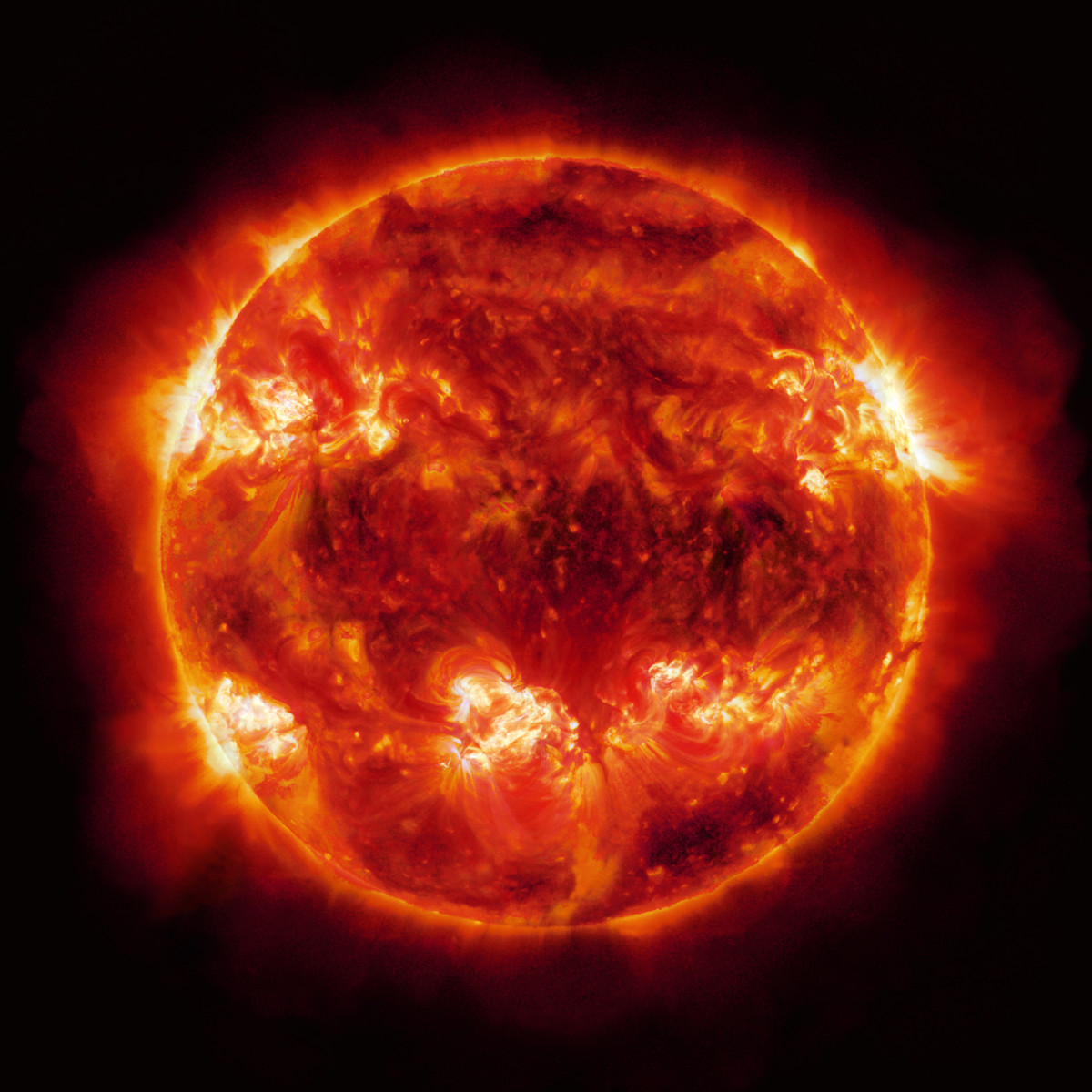Are Rising Carbon Dioxide Levels Better For Plants?
One common argument by people who don't think we should be doing anything about carbon dioxide emissions is that rising levels of carbon dioxide will benefit plants.
They are right. An increase in atmospheric carbon dioxide levels WILL benefit plants.
But the more pressing question is, which ones?
A Quick Overview of the Science
As most people know, plants "breathe" carbon dioxide (CO2) in much the same way humans and other animals breathe oxygen. Plants can also store, or sequester, carbon dioxide in their roots, stems, trunks, or leaves. CO2 stored above ground in trunks or leaves is released back into the atmosphere when the plant rots or burns, while CO2 stored in the roots can remain in the soil for many years and is released by soil disturbances, such as digging or plowing.
These natural processes can have a profound effect on global climate through their regulation of atmospheric levels of CO2, which is a greenhouse gas.
Atmospheric carbon dioxide levels currently stand at about 390
parts per million (ppm). This is an increase of 110 ppm over the
pre-industrial of about 275-280 ppm that existed prior to about 1850, and it is
believed
to be the highest level in more than 2 million years. The majority
of this increase is believed to be a result of human activity, including
burning fossil fuels for energy and land use changes such as
deforestation and agricultural tillage.
Depending on how successfully humans are able to reduce our carbon emissions, atmospheric carbon dioxide levels in the year 2100 are expected to reach anywhere from about 500 ppm to more than 900 ppm.
CO2 Levels Recorded in Ice Cores, 800,000 BC - present
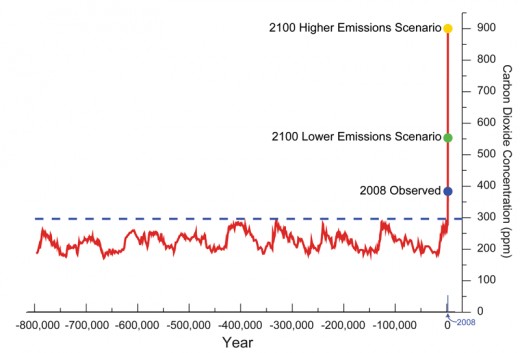
Which Plants Benefit From Increased CO2 Levels?
Because plants need CO2 to conduct photosynthesis, increased atmospheric CO2 has the potential to be highly beneficial to many plant species.
Unfortunately, higher CO2 levels seem to benefit some plants more than others, and the plants that benefit most are not necessarily those that people would like to benefit.
A growing number of studies are finding that the plants that benefit most from increased atmospheric CO2 levels are a group of aggressive "pioneer" species that thrive in marginal and disturbed environments. This particular group of plants is better known as "noxious weeds."
Weeds already cost farmers an average of 12% of their harvest, resulting
in net losses of an estimated $33 billion annually, in addition to
expenses averaging $10 billion annually for herbicides. As atmospheric carbon dioxide levels continue to rise, this problem is likely to increase.
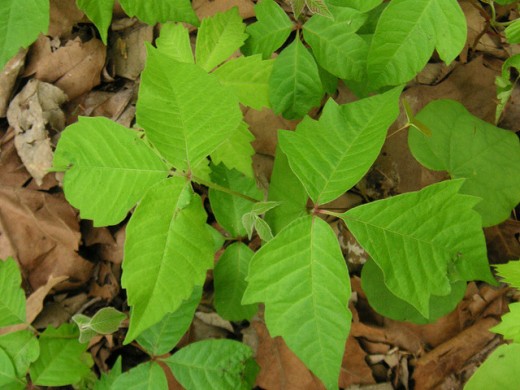
For example, a study comparing six varieties of wild red rice (an ancestor of the cultivated crop) with six varieties of cultivated rice determined that the red rice, already considered a weed in cultivated rice fields, substantially outperformed the cultivated rice in trials with elevated CO2 levels.
Crop losses aren't the only problem the exuberant response of weeds to increased CO2 levels is likely to cause.
Studies have found, for example, that:
- At atmospheric CO2
levels 200ppm higher than the present day (a level we are expected to
reach by 2050), poison
ivy grows up to 150% faster than it does at current levels. It
also produces a more poisonous form of urushiol, the compound that
causes an itchy, contagious rash in about 80% of humans. In the same
study, tree
growth increased by only 20%.
- Another study found that poison ivy grown at current CO2 levels grew to twice the size of poison ivy grown under atmospheric CO2 levels present in the 1950s, and that dandelions produced an average of 32% more seed-carrying fruit.
- A 2000 study found that production of ragweed pollen, a common cause of hay fever for many people, increased 400% with a 200% increase in carbon dioxide levels.
- Lab studies of cheatgrass, a highly flammable invasive grass devastating rangelands in the Western US, have found that cheatgrass produces an average of 70% more biomass under modern CO2 levels than it did under pre-industrial levels. In addition to helping it out-compete more nutritious native grasses (which are favored by cattle and other livestock), this increased biomass feeds frequent wildfires across the West.
The reason for the greater response of weeds to higher concentrations of CO2 is believed to be genetic diversity.
Most of the plants considered weeds by humans are pioneer plants that are designed to quickly colonize and stabilize disturbed and fragmented ecosystems, then make way for more desirable species over time in a process known as succession. As a result, weeds have a very high level of genetic variation designed to allow them to adapt rapidly to sudden changes in water, sunlight, temperature, nutrient levels, and many other factors.
Crops, selectively bred by humans for certain characteristics, have significantly less genetic diversity and therefore cannot adapt as quickly to changes in the environment around them. Crop plants also tend to require higher nutrient levels than weeds to grow successfully, limiting growth even among crop species that benefit the most from elevated CO2 levels.
The sheer variety of weeds versus crops is also a problem. Many crops plants use a form of photosynthesis called C3. In preliminary studies, C3 plants have been found to utilize increased carbon dioxide levels more efficiently than type C4 photosynthesis, which is common among certain types of annual weeds. Unfortunately, with only about 45 major crop species and more than 400 weeds designated "noxious" in the United States alone, there will always be a C3 weed hanging around nearby ready to take over where a struggling C4 weed leaves off.
Likewise, plants native to intact ecosystems have typically evolved to fill a very specific niche within that ecosystem and are similarly slow to adapt to changes. When habitats are disrupted, the weeds move in and quickly out-compete native plants struggling to adapt to the changed conditions.
What Can We Do?
A "planet of weeds," in the words of science writer David Quammen, is not yet inevitable.
We can still reverse our course and bring atmospheric CO2 levels back below 350ppm.
In one stroke of luck, the weeds themselves may even be able to assist us in this goal. For example, kudzu, one of the world's most notorious invasive plant disaster stories, is - unsurprisingly - among the weeds that benefits from increased CO2 levels. Kudzu also shows great promise as a source of biofuel!
Wild and weedy ancestors of crop plants can also be used to increase agricultural diversity through careful crop breeding.
Another important goal should be to preserve the world's remaining intact ecosystems, and find ways to reduce our impact on ecosystems that have already been disturbed or fragmented by human activity. Intact ecosystems not only fight off invasion by foreign weeds more easily than disturbed ecosystems, they also offer superior carbon sequestration abilities and other ecological benefits, such as cleaning and recirculating air and water, pollinating crops, mitigating floods, building soil, keeping pests in check, and more. Old growth forests store 60% more carbon than plantation forests. Perennial grasslands and natural wetlands are also excellent carbon sinks. Large scale efforts to restore natural ecosystems and increase planting of native species by home and land owners can help increase the populations and genetic diversity of desirable plants, improving their chances of survival.

